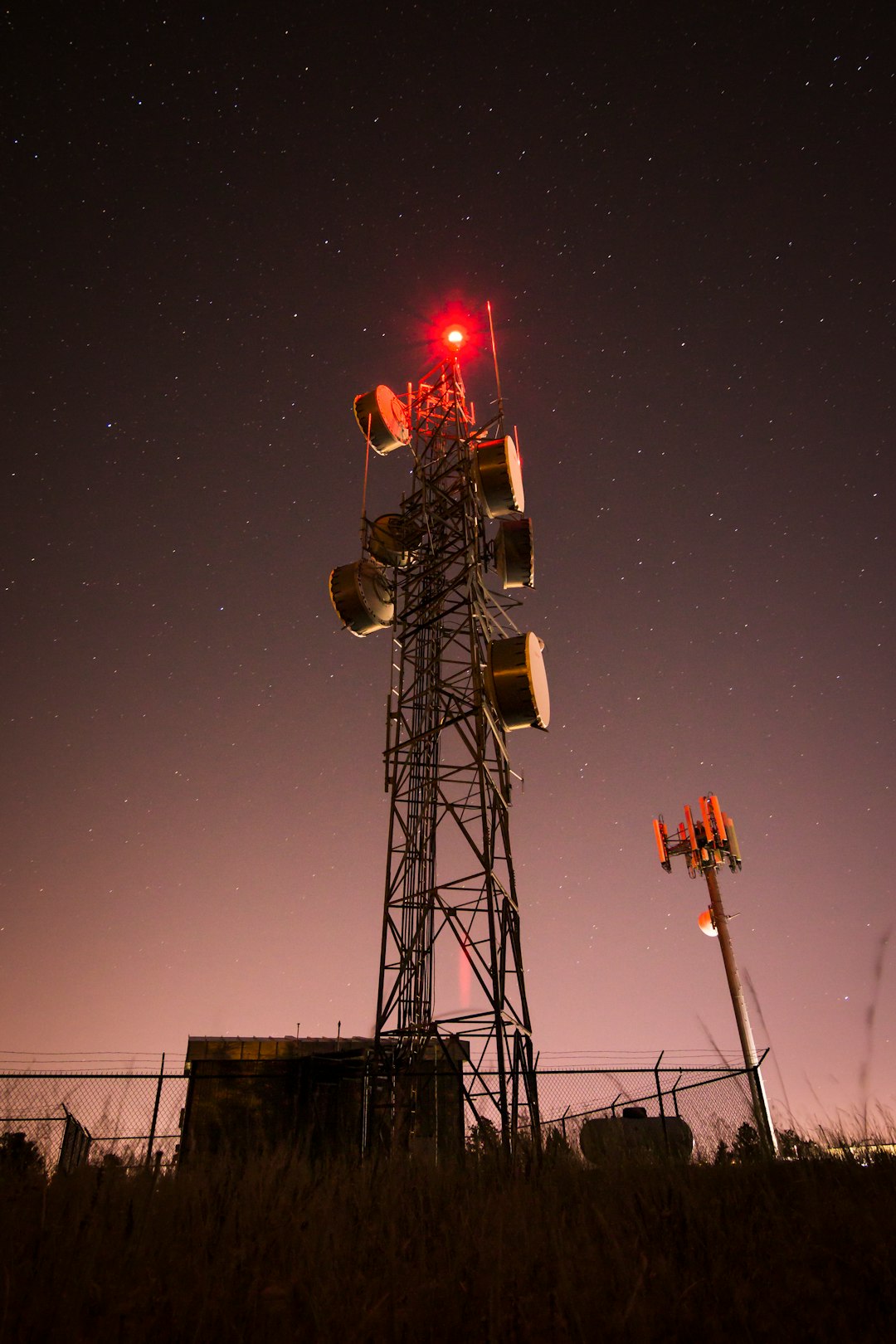Which LoRaWAN module to use in 2021
If your electronics projects needs to talk to other devices, but you don't have access to WiFi, LoRaWAN is a great alternative. The Things Network (TTN) is a global collaborative Internet of Things ecosystem which allows devices to use the network for free. No payment or SIM cards are required like with NB-IoT or Helium, you just need to keep to the usage limits.
The problem is that there are very limited options for LoRaWAN modules, given the current global chip shortage. As I'm based in the UK, I'm looking specifically for 868MHz modules.
The RN2483 LoRaWAN module from Microchip used to be the de facto option when you don't want to run a LoRaWAN stack on your microcontroller. Unfortunately they are out of stock until 2022 or later. Luckily there are other options, so let's have a look at what's out there.
RAK3172
RAK Wireless has a range of LoRaWAN modules where different microcontrollers are combined with LoRa chips. The RAK3172 is their first module that uses the STM32WL, combining a microcontroller and LoRa on the same chip. It comes preinstalled with a LoRaWAN stack, so you can use it with your own microcontroller over a UART interface.
LoRa-E5
Seeed Studio's LoRa-E5 module also uses the STM32WL chip, and is also controlled over a UART interface if you use the preinstalled stack.
Unfortunately both the RAK and Seeed modules suffer from a high transmit power consumption bug, which look like it may not be able to fix in firmware without reducing the range significantly.
Ra-07H
Ai-Thinker's Ra-07H uses the ASR6501 chipset which also combines a LoRa transceiver with a microcontroller, and can also be controlled over a UART interface.
E78
Ebyte's E78 module is also based on the ASR6501 chipset. It appears that both the Ra-07H and E78 modules are compatible with TTN v3.
There are other LoRaWAN modules out there, like Move Solutions' STM32WL-based MAWLE-C1, but the ones above are ones that were actually in stock at the time of writing.
Comment on this post


